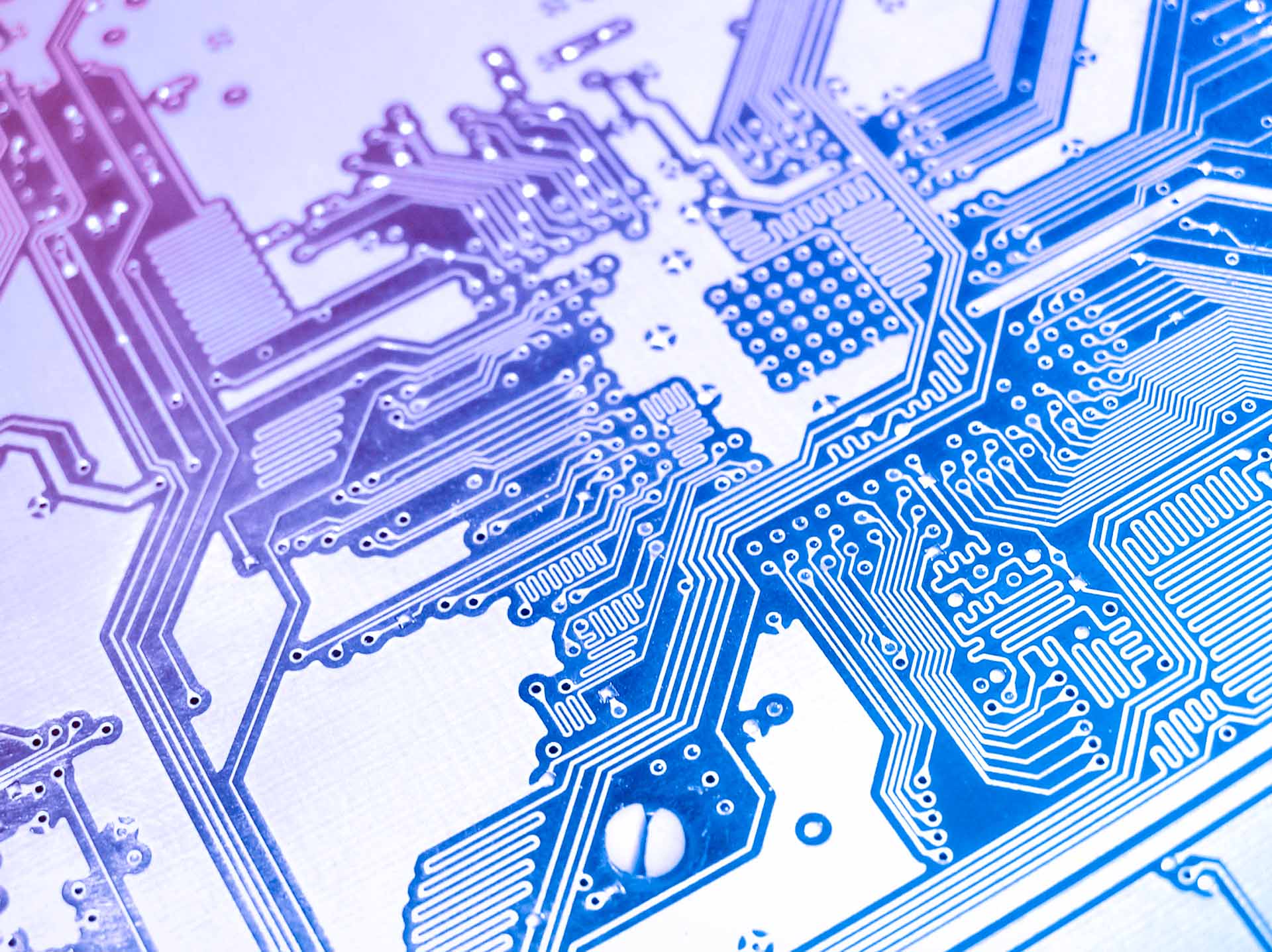The Electronic Components Industry Association (ECIA) has released its latest Electronic Component Sales Trend (ECST) survey results for March 2023, which show a slight decline in sales sentiment and expectations for the electronic components market. The survey covers three component categories: semiconductors, passive components, and electro-mechanical components, as well as nine end-market segments.

According to the survey, the overall sales sentiment index for March dropped by 2 points from February to 88.6, indicating a continued decline in month-to-month sales. The index had been improving steadily from November 2022 to February 2023, reaching a high of 90.6, but failed to sustain the momentum in March. The outlook for April is slightly better, with a projected index of 89.1.

Among the component categories, electro-mechanical components had the highest index score in March at 92.7, but also experienced the largest drop from February’s 99.9. The April outlook for this category is pessimistic, with a forecasted index of 86.7. Semiconductors saw an improvement in March, rising from 82.9 to 86.3, and are expected to reach 90.0 in April. Passive components remained stable, with a slight decrease from 88.4 to 86.3 in March and a rebound to 90.5 in April.
The end-market segments showed mixed results in March, with some segments slipping and others rebounding. The highest scoring segments were avionics/military/space (108.8), automotive (104.8), industrial (103.1), and medical electronics (100). However, all of these segments except industrial saw a decline from February’s scores. The lowest scoring segments were telecom networks (74.6), consumer (77), computer (79), and telecom mobile phones (79). However, all of these segments except telecom networks saw a significant increase from February’s scores.
The survey also revealed that product lead times have improved significantly in March, with declining lead times reported by 43% of respondents and stable or declining lead times reported by 96% of respondents. Only 2% of respondents reported increasing lead times for semiconductors, while none reported increasing lead times for passive or electro-mechanical components. The weak market demand and increased production are likely the main factors behind the easing of lead time pressure.
Share to your social below!

I don’t think the title of your article matches the content lol. Just kidding, mainly because I had some doubts after reading the article.